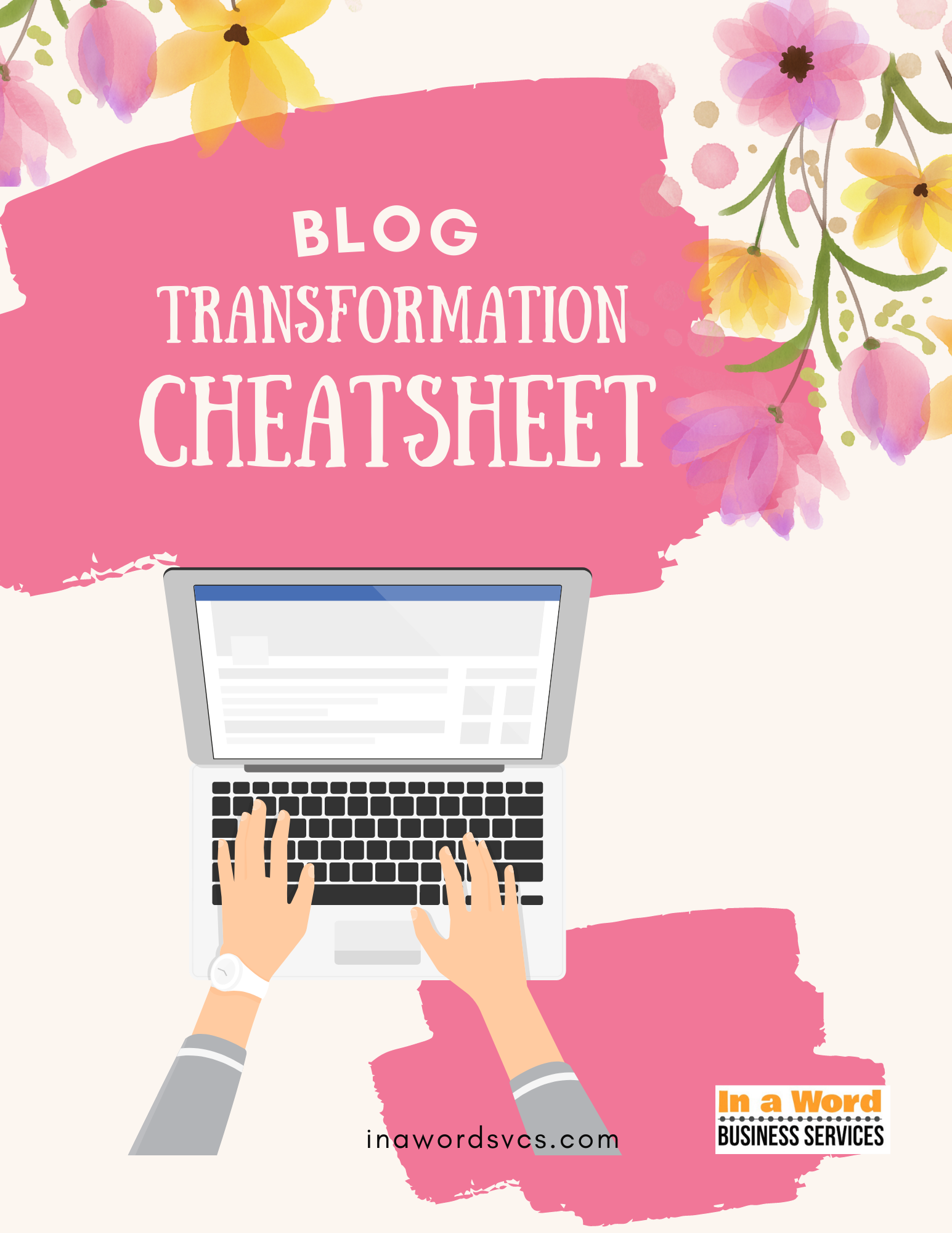This is tutorial will provide insight into how affiliate marketers get paid to send traffic and sales to merchant's shops and websites.
In our previous post, Use Affiliate Marketing to Generate Income from Your Blog, we introduced affiliate marketing as a low cost, low risk work from home solution. The post also gave readers a basic framework and insight on how the business model works and how it might be a great fit for anyone working to build a "work from home" business.
We defined the publisher as a blogger or website owner who has the ability to advertise products and services to their readers. The advertiser is the merchant or company that implements the affiliate program.
The article also named some popular companies that have affiliate programs that you might be interested in joining.
Leveraging affiliate programs to grow your income is a great idea for those who want to supplement an existing income, especially in the beginning.
Those who have mastered affiliate marketing have been able to not only supplement their income, but replace income received from an outside job.
Basic Payment Methods:
Most affiliate marketing programs use one of three basic types of affiliate program payment arrangements:
- Pay-per-Sale (also called Cost-per-Sale): Amazon.com's affiliate program is an example of a pay-per-sale arrangement.
I would recommend Amazon as a great way to get started with affiliate marketing because they offer so many different products that will fit almost any niche.
They are also a household name, which means there is a high level of trust. So even though they are not the highest paying affiliate program, being part of their program instills credibility for your brand.
In this arrangement, the merchant site pays an affiliate when the affiliate sends them a customer who purchases something.
Some merchant web sites, like Amazon.com, pay the affiliate a percentage of the sale and others pay a fixed amount per sale. - Pay-per-Click (Cost-per-Click): In these programs, the merchant site pays the affiliate based on the number of visitors who click on the affiliate link to visit the merchant's site.
In these arrangements, the customer doesn't have to buy anything, and it doesn't matter to the affiliate what a visitor does once he gets to the merchant's site. - Pay-per-Lead (Cost-per-Lead): Companies with these programs pay their affiliates based on the number of visitors they refer who sign up as leads.
This simply means the visitor fills out some requested information at the merchant site, which the merchant site may use as a sales lead or sell to another company as a sales lead.
You may find programs that use other arrangements as well. A company could set up an affiliate program based on more than one of the arrangements above or any action that would benefit them.
Once a merchant outlines a payment plan, they can manage the program themselves, advertise the program and hire affiliates to work with their company.
They can also work with an affiliate network, like Shareasale that will manage the program for them including payment, when affiliates send them customers that perform the desired action.
Learn More About Affiliate Marketing
Variations on the Basics
Here are some popular variations on these basic payment plans:
- Two-tier Programs: These affiliate programs have a structure similar to multilevel marketing organizations (also known as "network marketing") such as Amway or Avon, which profit through commission sales and sales recruitment.
In addition to receiving commissions based on sales, clicks or leads stemming from their own site, affiliates in these programs also receive a commission based on the activity of affiliate sites they refer to the merchant site. - Residual (Recurring) Income Programs: Affiliates in these programs can keep making money from a visitor they send to the site if the visitor continues to purchase goods or services from the merchant site.
Many online merchants who receive regular payments from their customers (such as monthly service fees, subscriptions or memberships) run this sort of affiliate program. - Pay-per-Impression Affiliate Programs: Companies running these programs, also called pay-per-view programs, pay affiliates based only on the number of visitors who see their banner ad.
Usually, this sort of arrangement is not structured as an affiliate program, but simply as a traditional advertising program.
The advantage affiliate programs have over traditional advertising is that in an affiliate program, an online merchant only pays its affiliates when they deliver a desired result.
Business Building Resources
Themes and Site Builders
Email Marketing Providers
Payment Processors

Why Would a Company Implement an Affiliate Program?
Advertisers (merchants) like Amazon, have found that implementing affiliate programs is a great way to spread the word about their products and services.
Traditional advertising, like TV, radio and banner ads, are viewed as a riskier form of advertising. These brands realize that their buyers are online. Affiliate marketing has become the preferred method of reaching their audience.

While traditional advertising is still used, when using this model quite a bit of money is spent on advertising before the sale is made. It's also used based on effectiveness.
When an ad brings a company more money than is spent on that ad, its a success. If the company makes less money than it spent, it has to take the loss.
With an affiliate program, an advertiser pays its affiliates only when things are working. Because there's much less risk to the merchant, it's a lot easier for web sites to join affiliate programs than it is for them to attract advertisers.
As a marketer (blogger or website owner) affiliate programs can present a great opportunity to earn additional income, whether it's supplemental income or a primary income source.
Success with affiliate marketing requires that you have a basic framework for blogging, a significant amount of traffic to your website and readers (an audience) interested in the items you are promoting.
Affiliate marketing works best when the program guidelines (including the way you get paid) are a good fit for your products and services. Make sure you have a clear understanding of how it will work by reading your affiliate agreement thouroughly.
Another primary key to affiliate marketing success lies in knowing your target audience and what they are looking for.
It's important to pick programs that offer products and services that compliment your niche and the topics you cover on your blog. Products and services that will help potential customers solve their problems.
How Affiliate Marketers Get Paid to Promote Products and Services
Affiliate Marketing Strategies
It's important to not only think about how affiliate marketers get paid, but how to create your own strategy. You'll need a way to earn that will help you leverage the payment structures used by the companies you work with. You want to leverage it so that it works to maximize your income.
Here are some ideas:
- Only work with or prioritize affiliate programs that provide the residual (recurring) income structure. That way you will receive regular monthly income as long as the customer remains active in the membership or subscription program.
- Other affiliates prioritize only promoting products with the higher commission structure. So there's a limit on the kinds of products they will promote. These affiliates are choosy regarding the commission levels they are willing to accept.
- There are also affiliates who scale their business by using affiliate marketing with an eCommerce store, filling their shop with a variety of products to maximize their earning potential.
The great thing about affiliate marketing combined with eCommerce is that you can scale up an existing shop, adding more products or you can open a completely new shop in order to increase your income.
So instead of selling one item, you sell sets, boxes, packages or a combination of items that will appeal to your audience boosting the average order value (AOV) you will receive for each sale.
Affiliate marketing can be an excellent way to earn passive income while you do other things. You set up your shop, set your promotions and move on to other aspects of your day. Don't overlook this model as an option when looking for a work from home solution.
Make Every Post Count!

Grab our blog transformation checklist to ensure that you are making the most of each piece of content you create.


